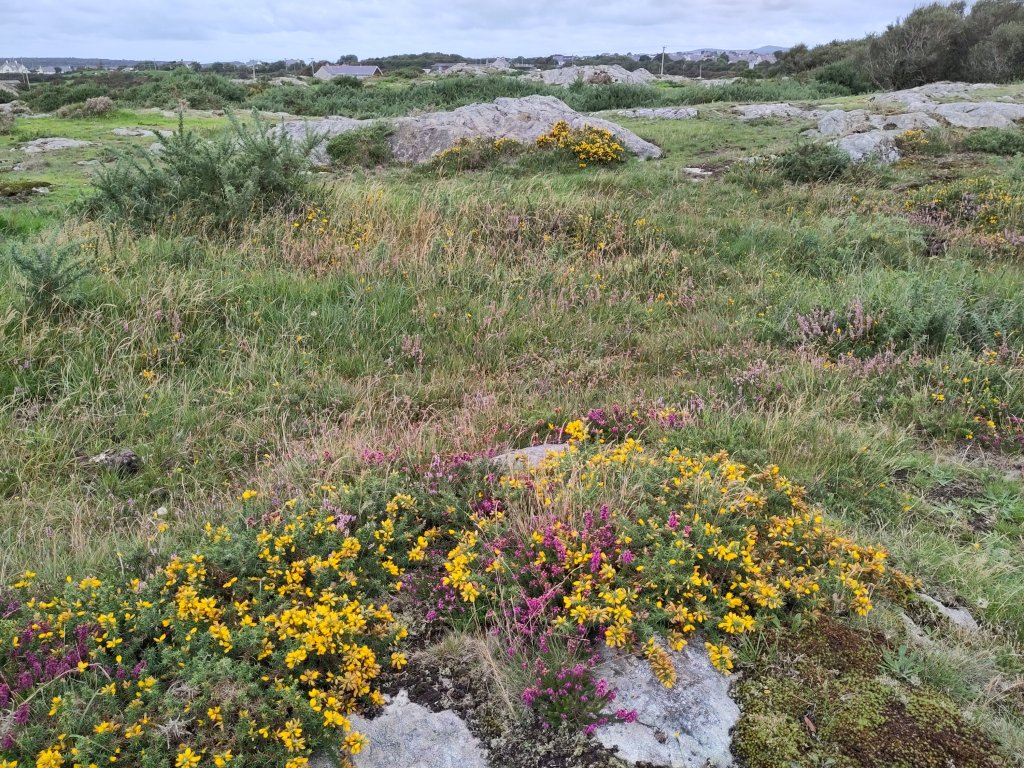
It was a grey day and the landscape matched the mood – bleak and windswept. On my visit to the geology museum in Amlwch I had marked two or three locations on my map, but I couldn’t recall what the rocks were! I hoped they would be granite – the bedrock which sits under the surface geology of most continents.
My first destination was Y Fali (Valley) and crossing some fields on my way to Four Mile Bridge I soon found some rocks!
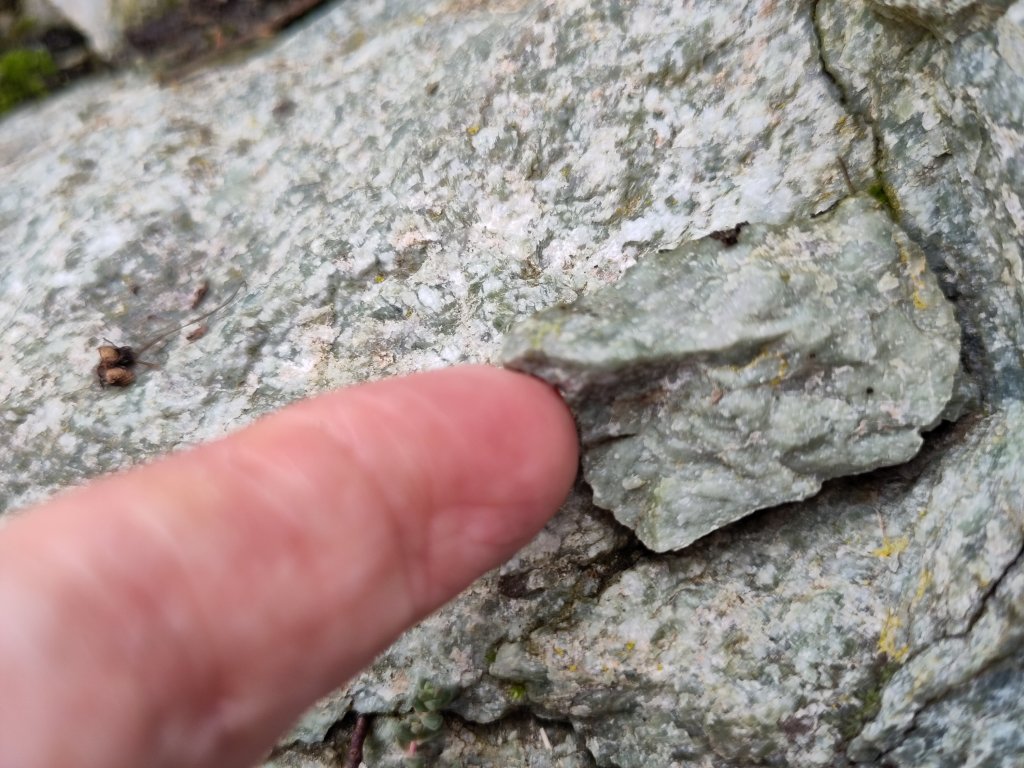
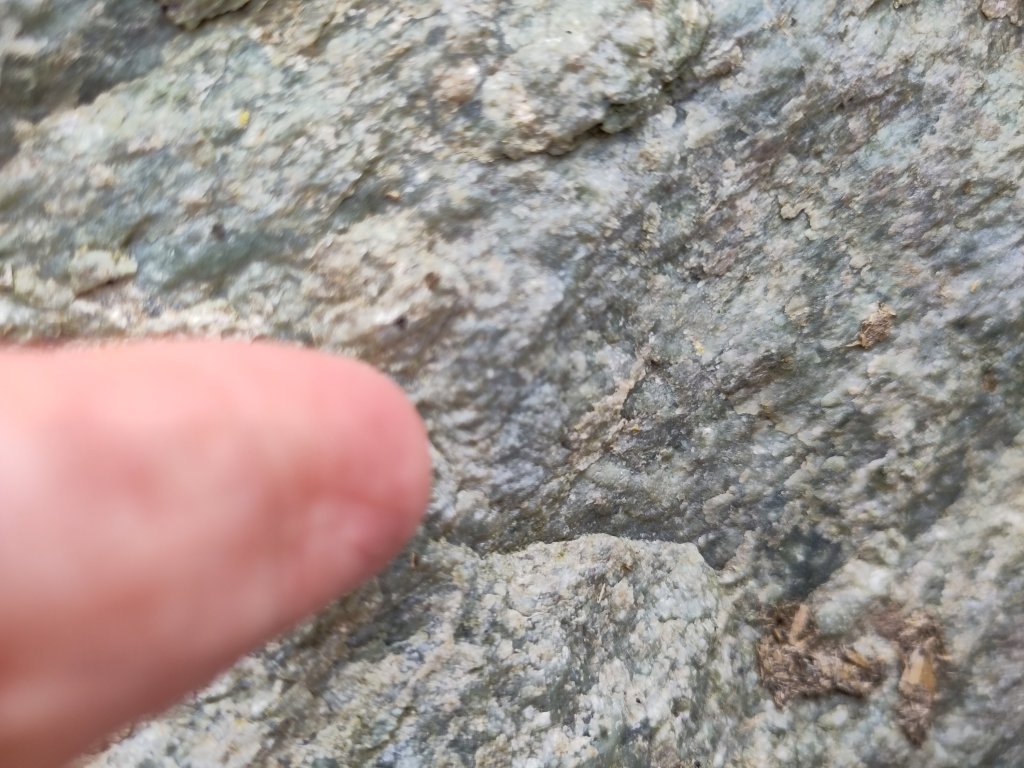
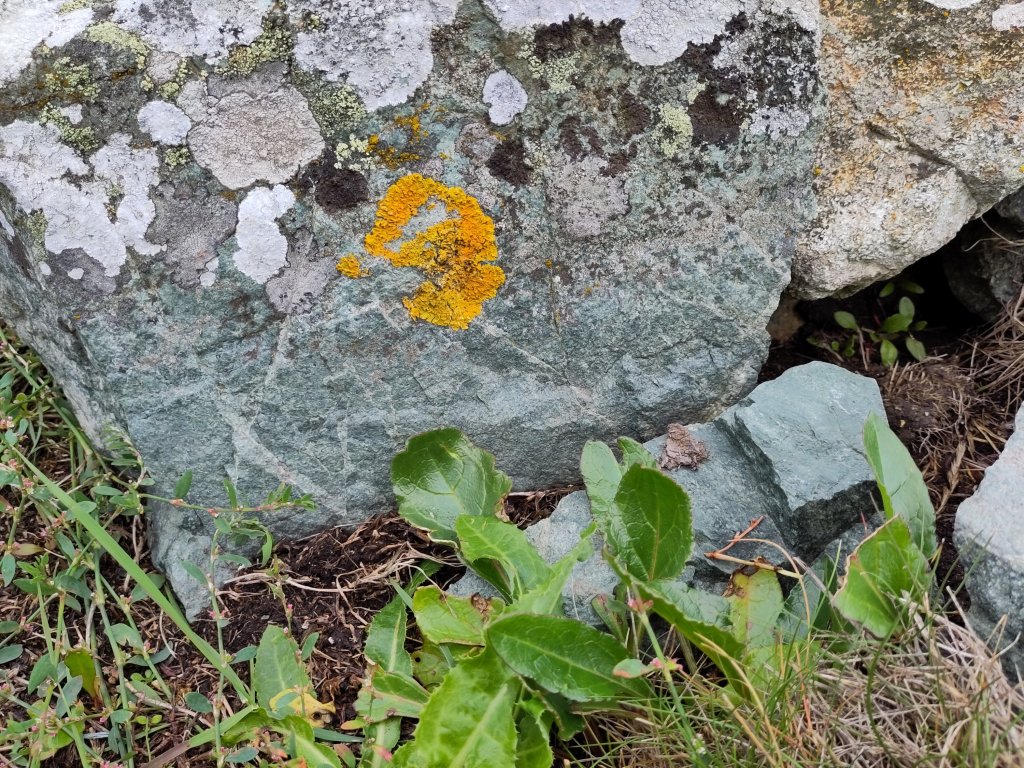

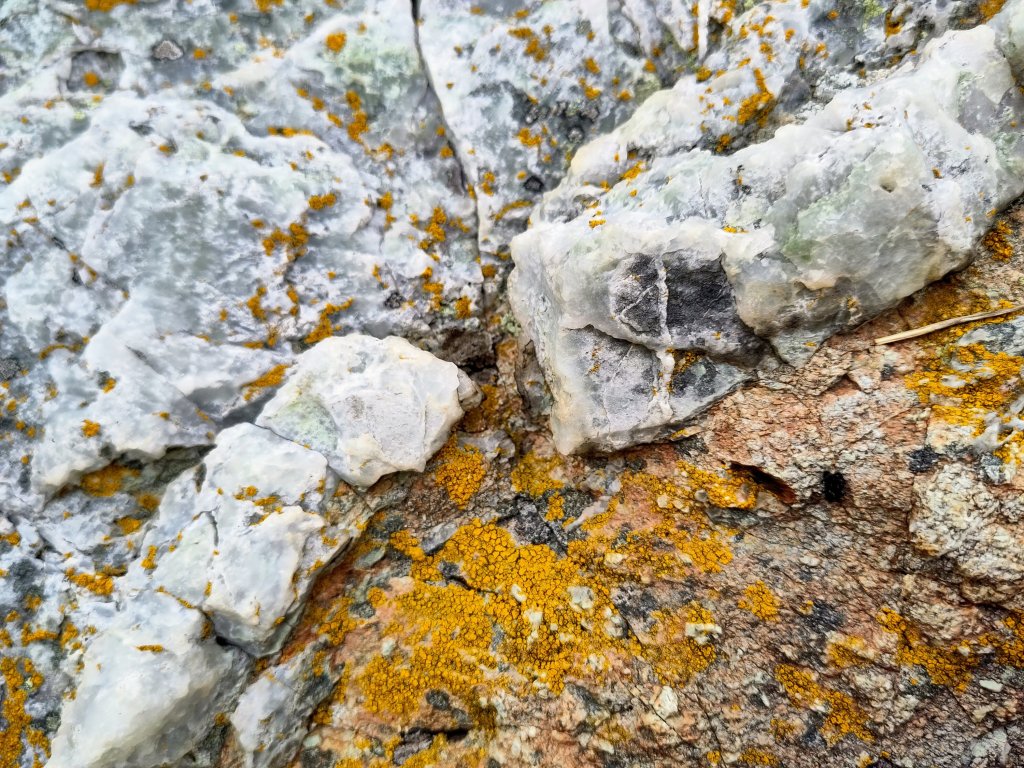
Not granite! It may be – at least some of the green-ish rocks – serpentinite. Serpentine rocks are named after their resemblance to the skin of a beautiful green coloured snake. It, apparently, is formed at mid-ocean ridges and in the forearc mantle of subduction zones. Which is exciting!
Mid-Ocean Ridges

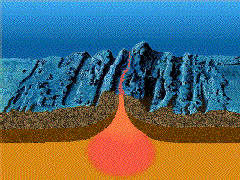
So pillow lava basalt and serpentine may both come from the same source, or from…
Forearc Mantle

A forearc is the area above the point where the oceanic crust is subducted, before it reaches temperatures sufficient to start melting the rocks. The latter region generates a ridge, or arc, of volcanoes. The forearc, in front of the mountainous volcanic arc, appears to be the favoured region for the formation of serpentinite rocks.

So, according to Hattori and Guillot, under great pressures, but low temperatures, blueschist (such as under the Marquess of Anglesey’s Column), as well as greenschist and amphibolite (which are supposed to in this area), are full of water as they are drawn (or pushed) down below. However, when the water is squeezed out, the minerals recombine to form serpentine.
However – and this is the exciting bit – the water reduces the melting point of the basaltic rocks causing them to become molten lava. Further squeezing forces the lava to burst forth as an active volcano. But if the molten lava doesn’t erupt, but cools and solidifies underground very slowly it can form …
Granite
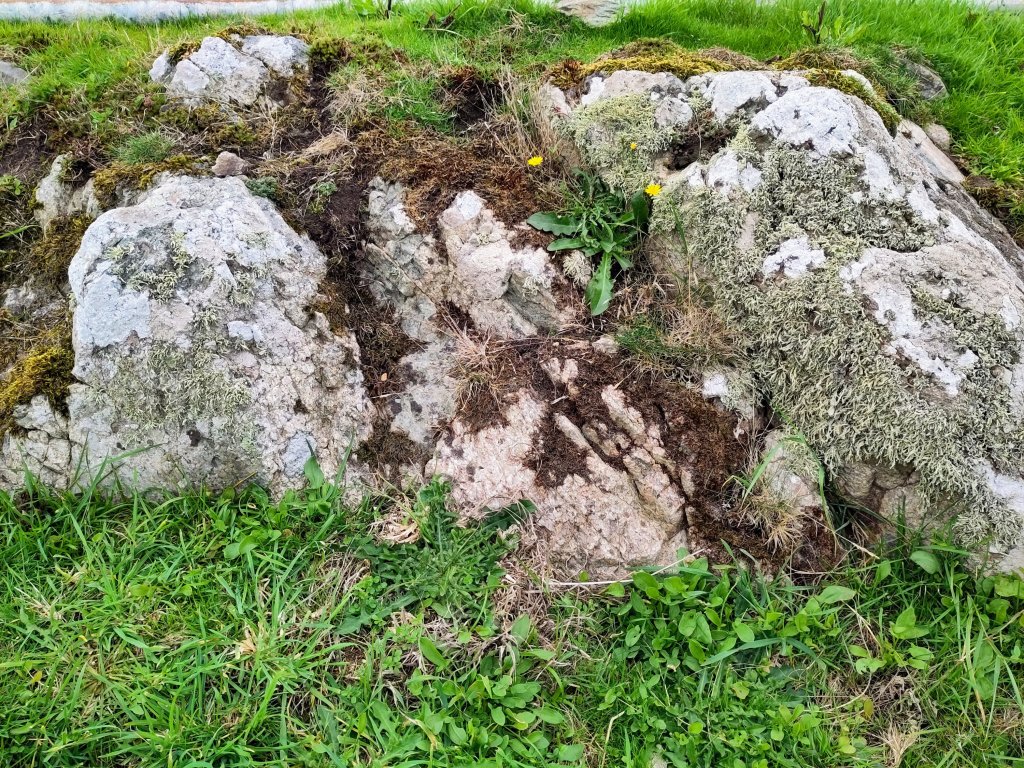

The serpentine has an almost soapy texture. The granite is rough, with big crystals of salmon pink alkaline feldspar. The white inclusions are quartz. I didn’t see any black shiny specks of mica.

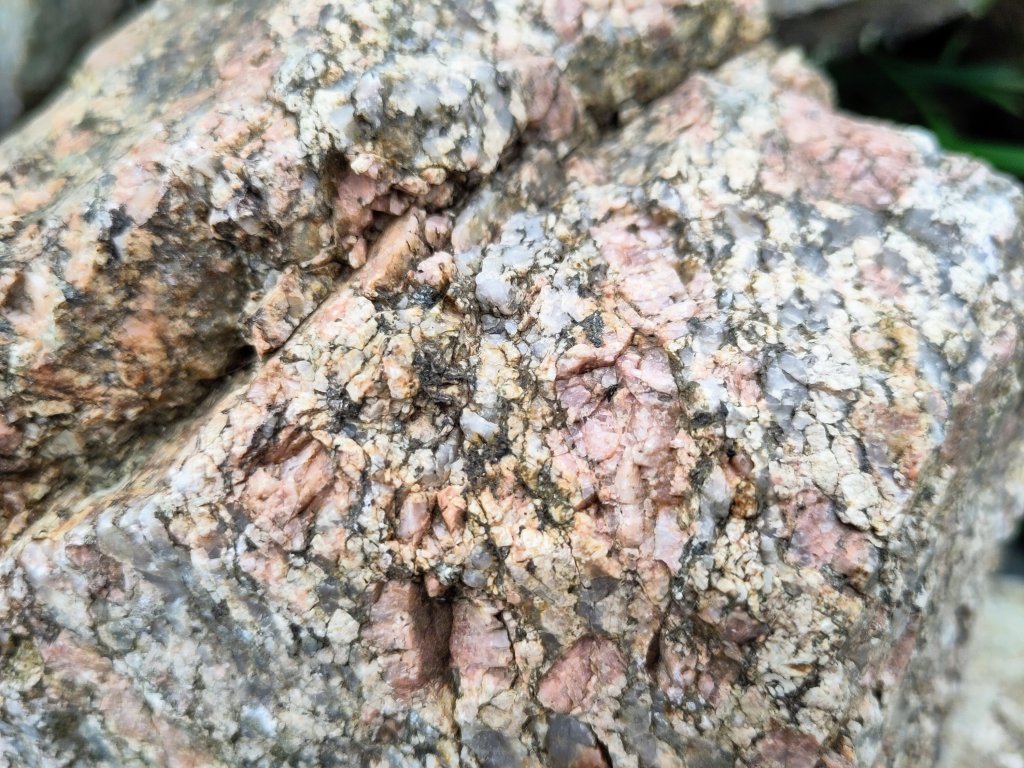



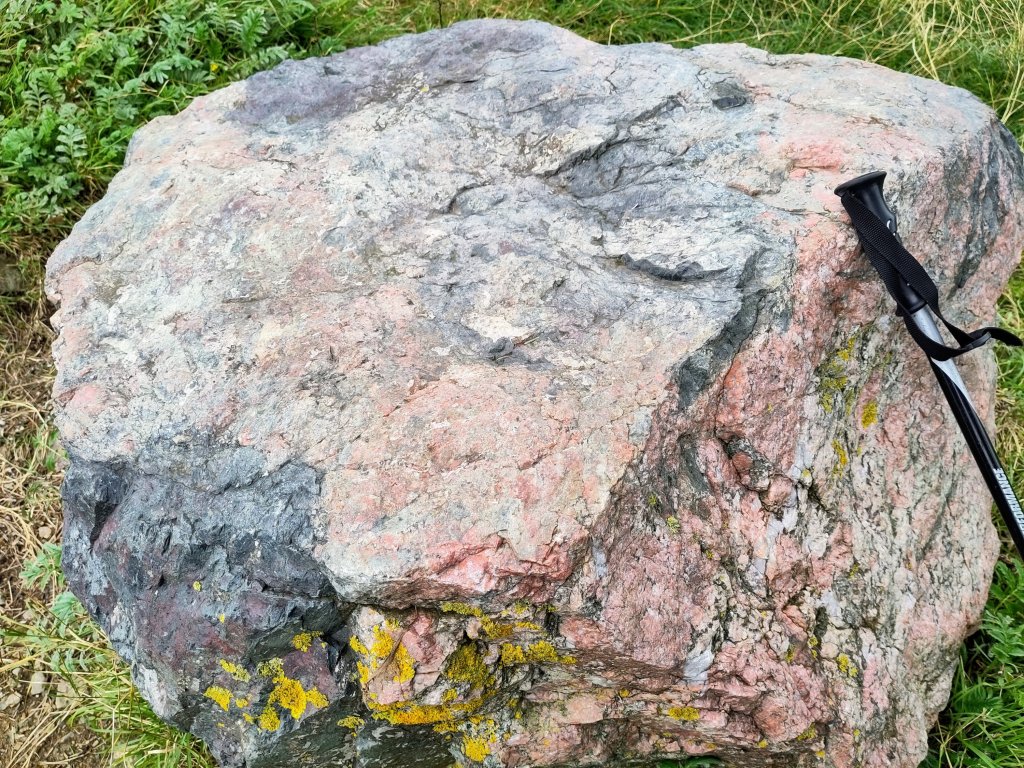
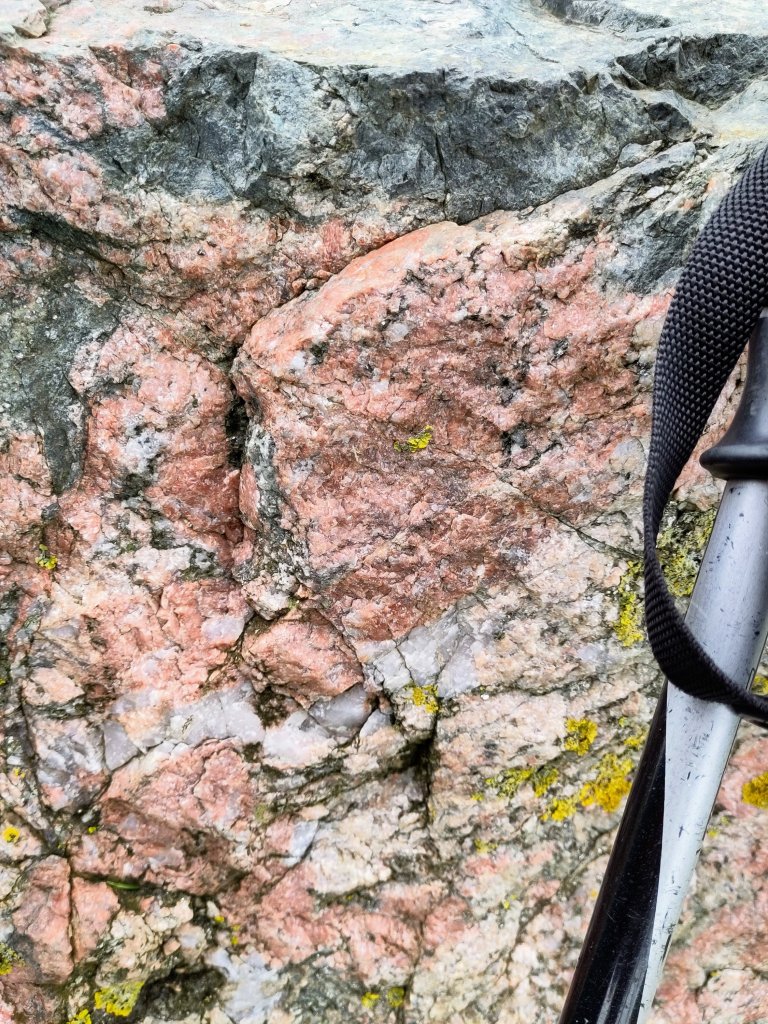
Mantle Plumes
Oops! Nearly forgot mantle plumes. In the middle of the Pacific Ocean today are many volcanic islands – such as Hawaii – that are not anywhere near any active tectonic areas. In mid-tropical ocean environments coral reefs can form around them. Britain’s oldest fossils – possibly formed on just such a tropical island.
<- Ancient Geology 8.1: Tropical ‘Coral’ Atolls and Foliated Schists
<- Ancient Geology 7: Catching Up
<- Ancient Geology 6.1: Granite, Serpentine and Mantle Plumes
Ancient Geology 8.2: Tropical ‘Coral’ Atolls and Life Changing Stromatolites ->
2 replies on “Ancient Geology 6.2: Granite, Serpentine and Mantle Plumes”
[…] Ancient Geology 6.2: Granite, Serpentine and Mantle Plumes -> […]
[…] <- Ancient Geology 6.2: Granite, Serpentine and Mantle Plumes […]